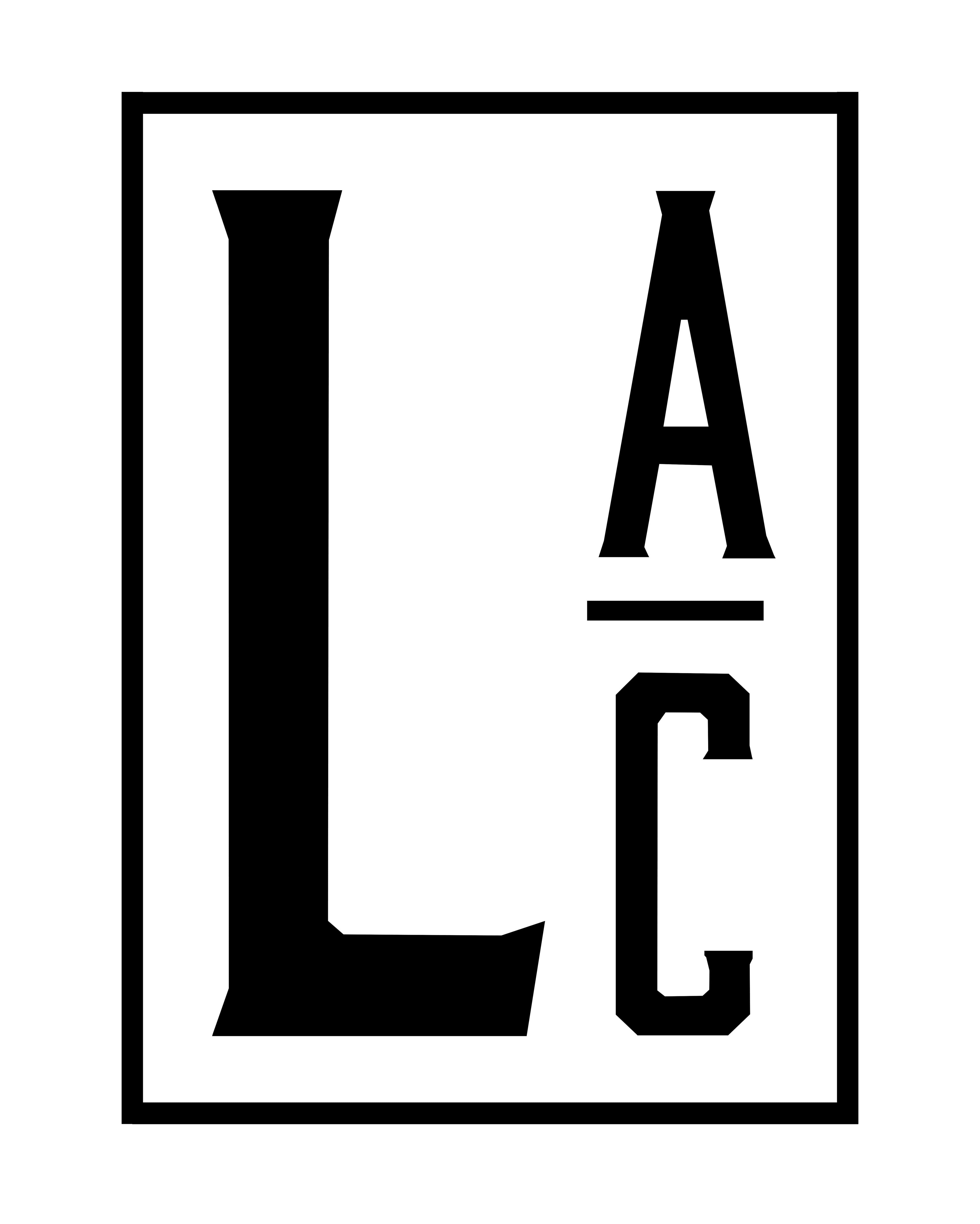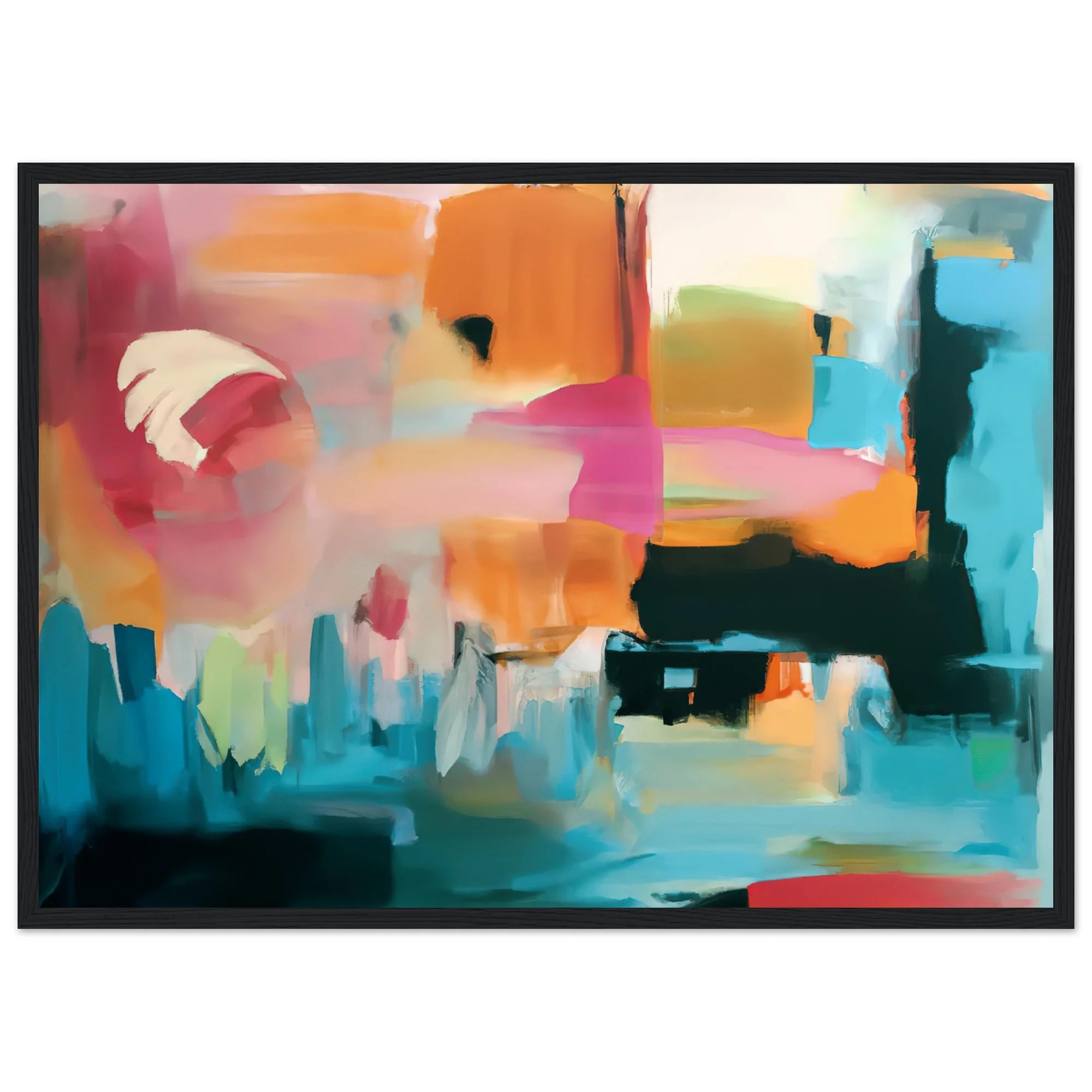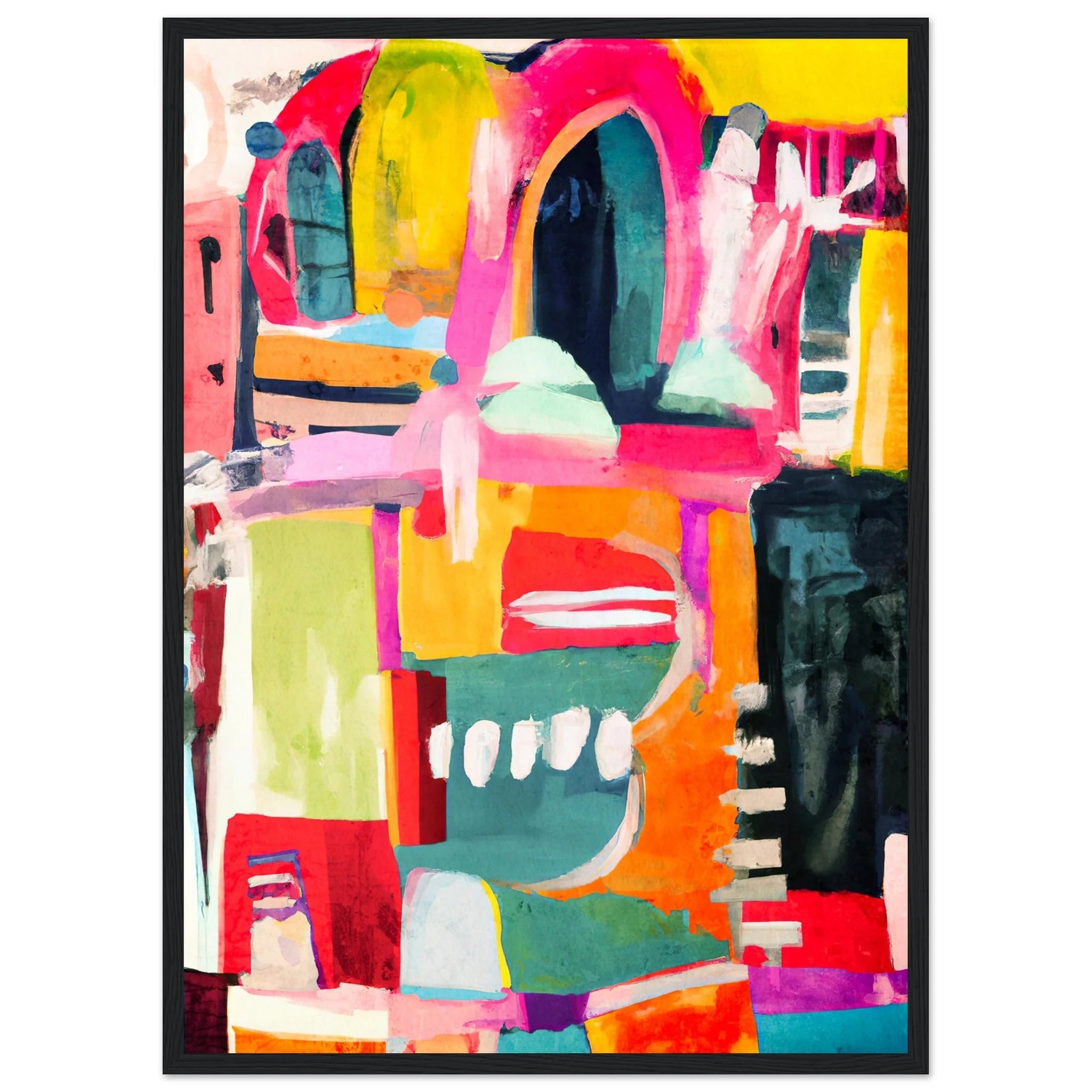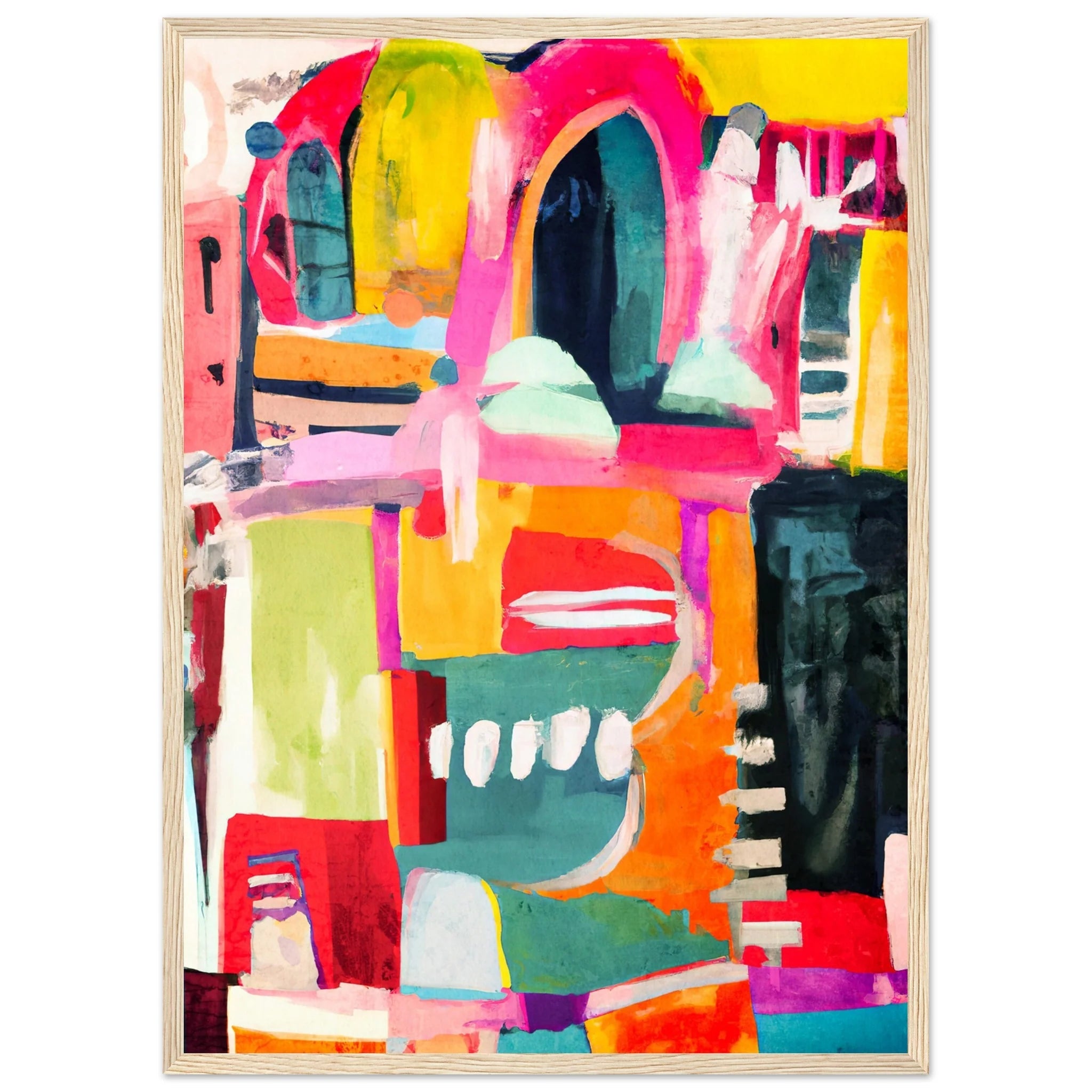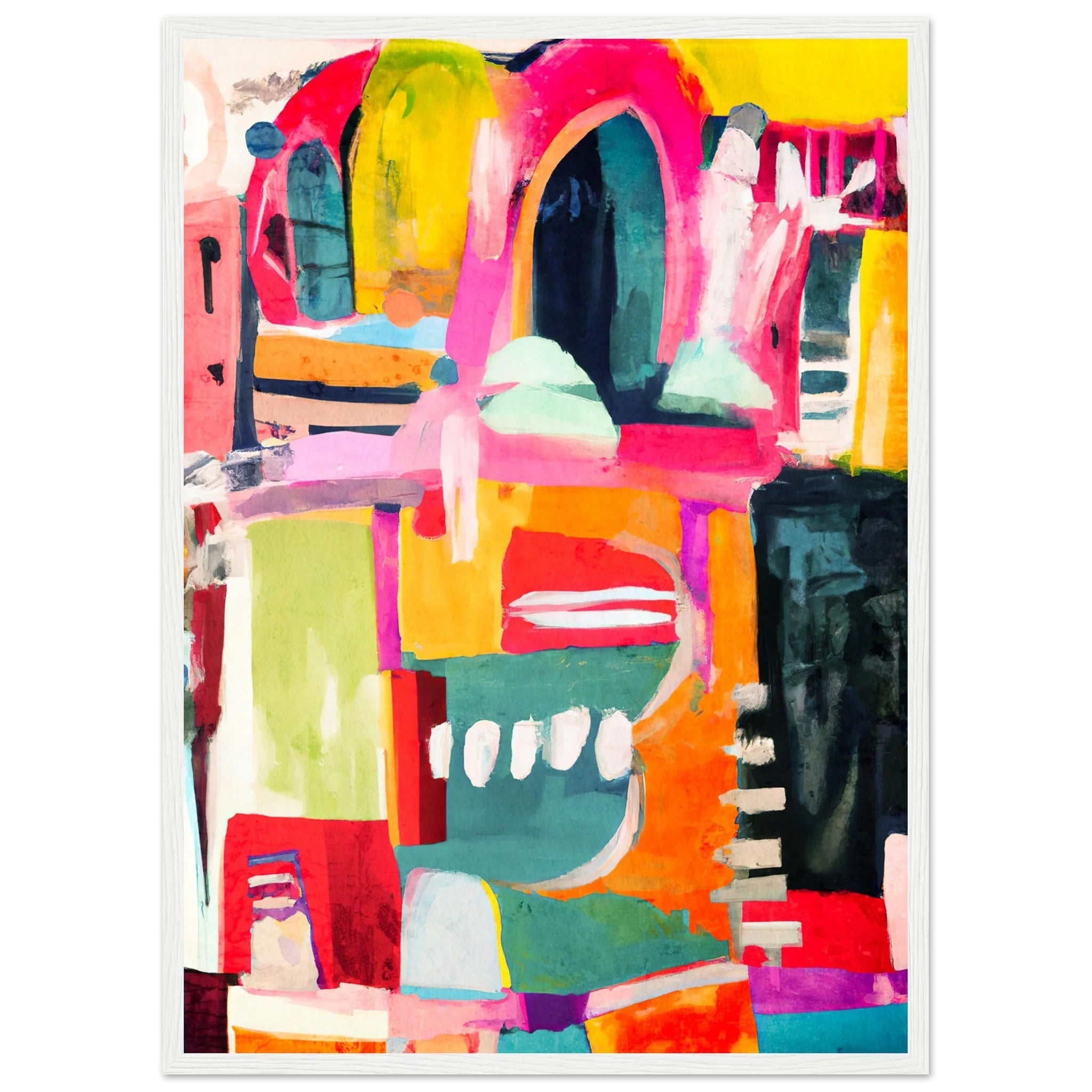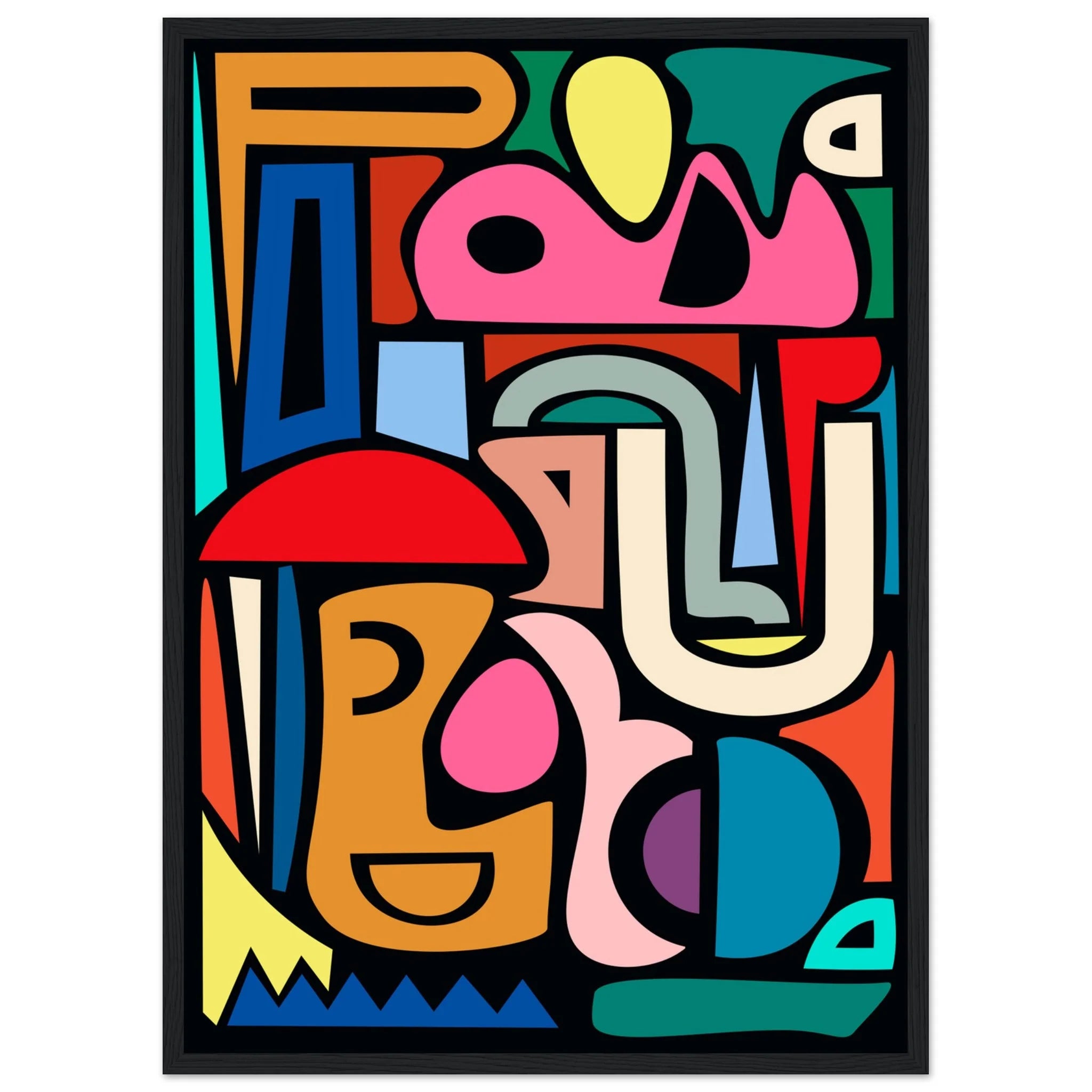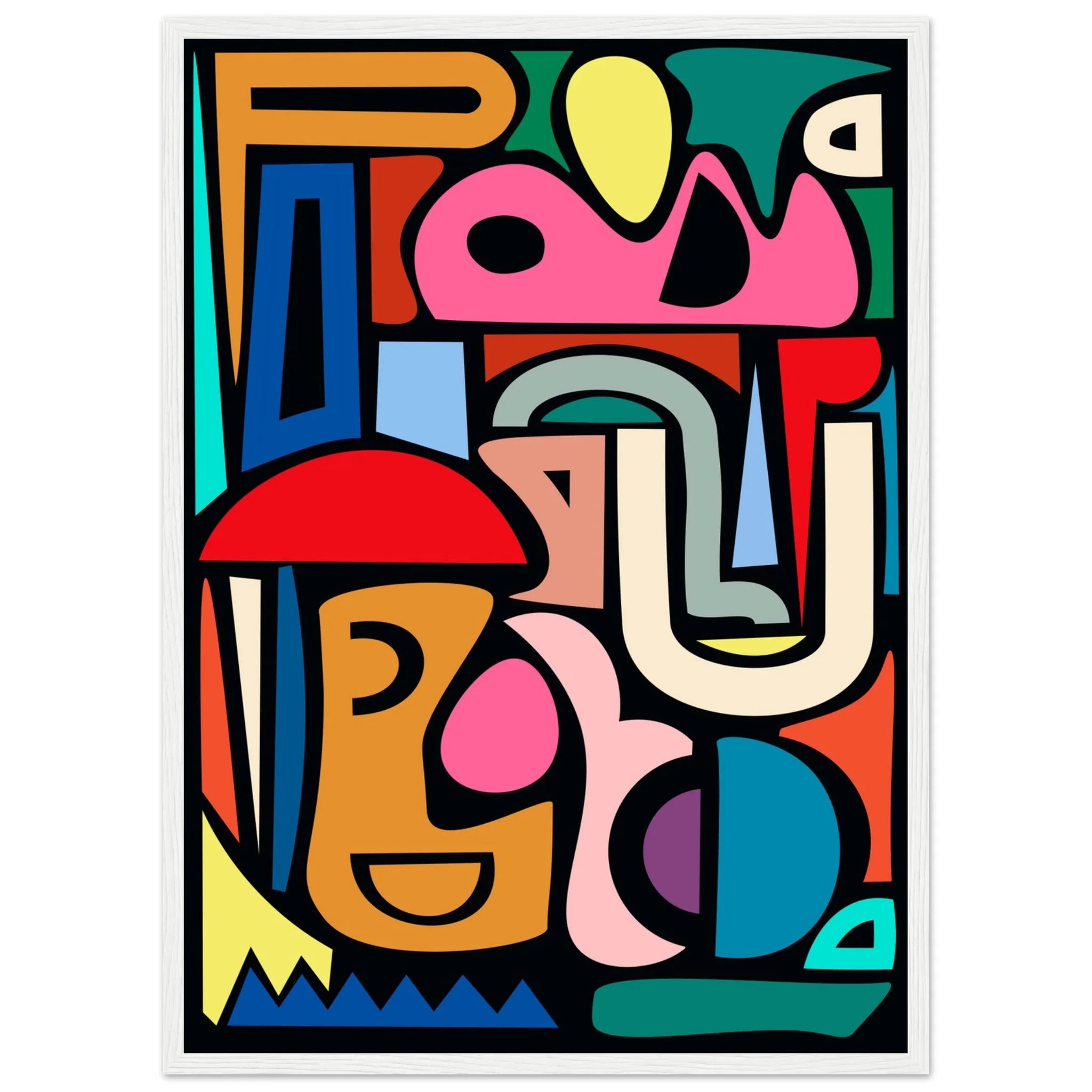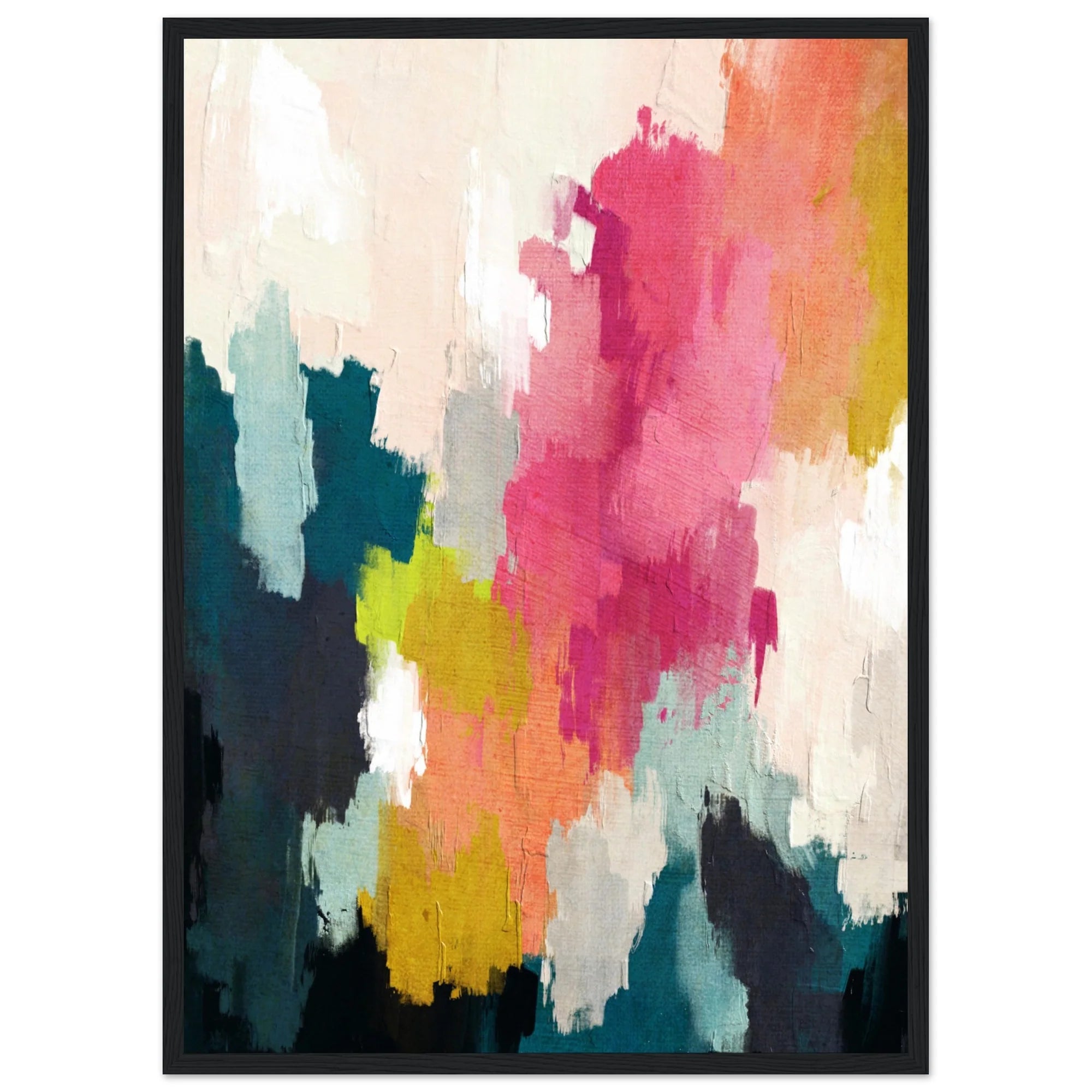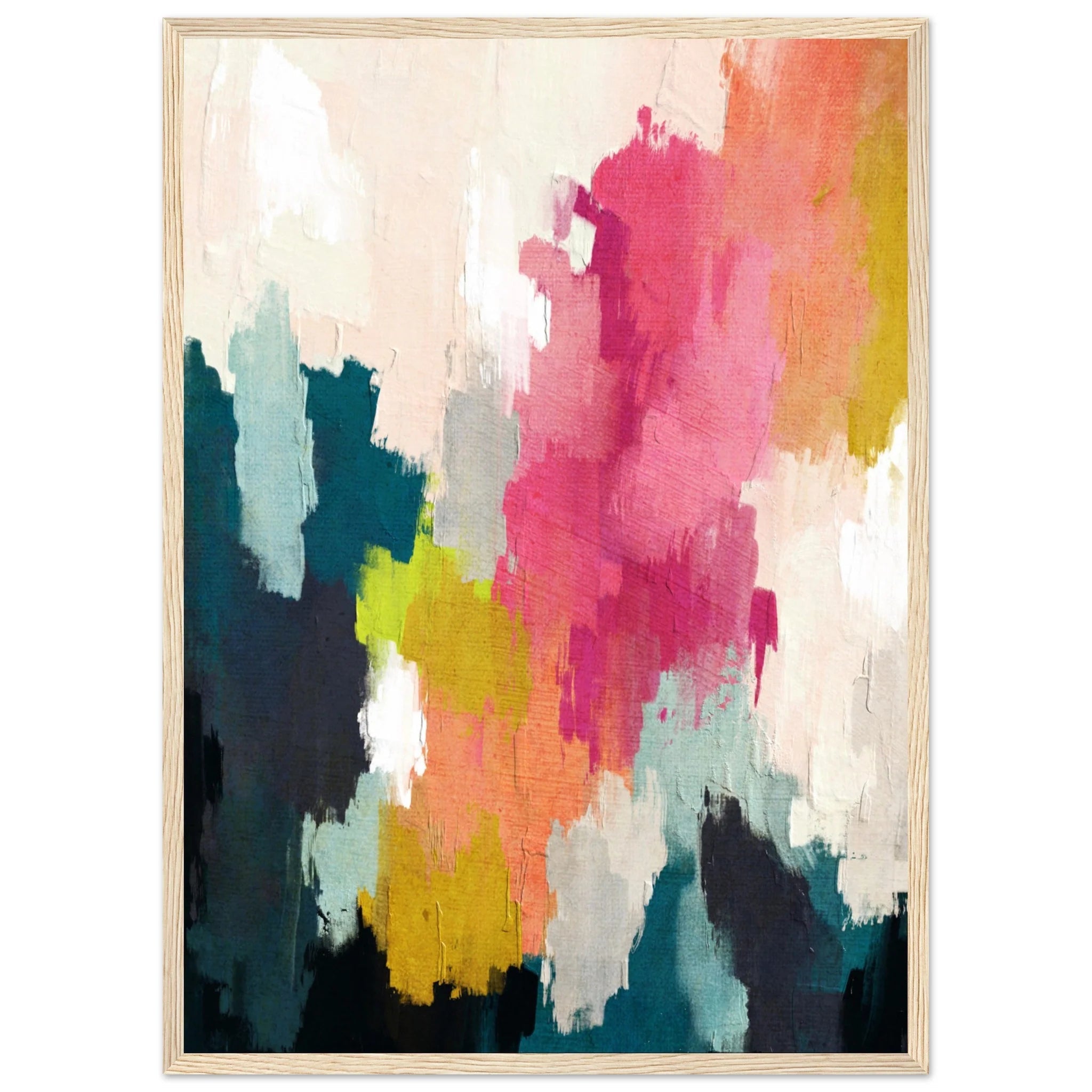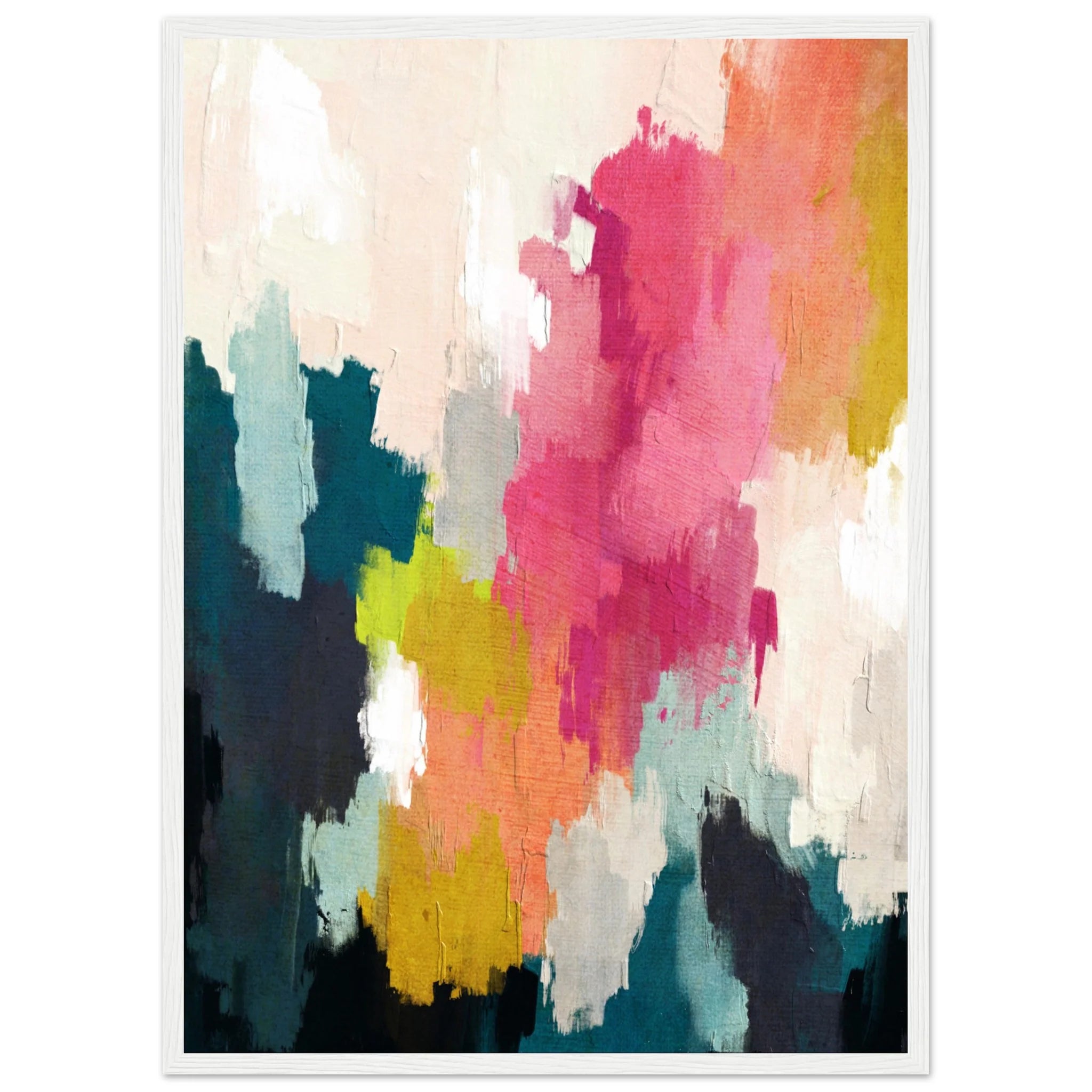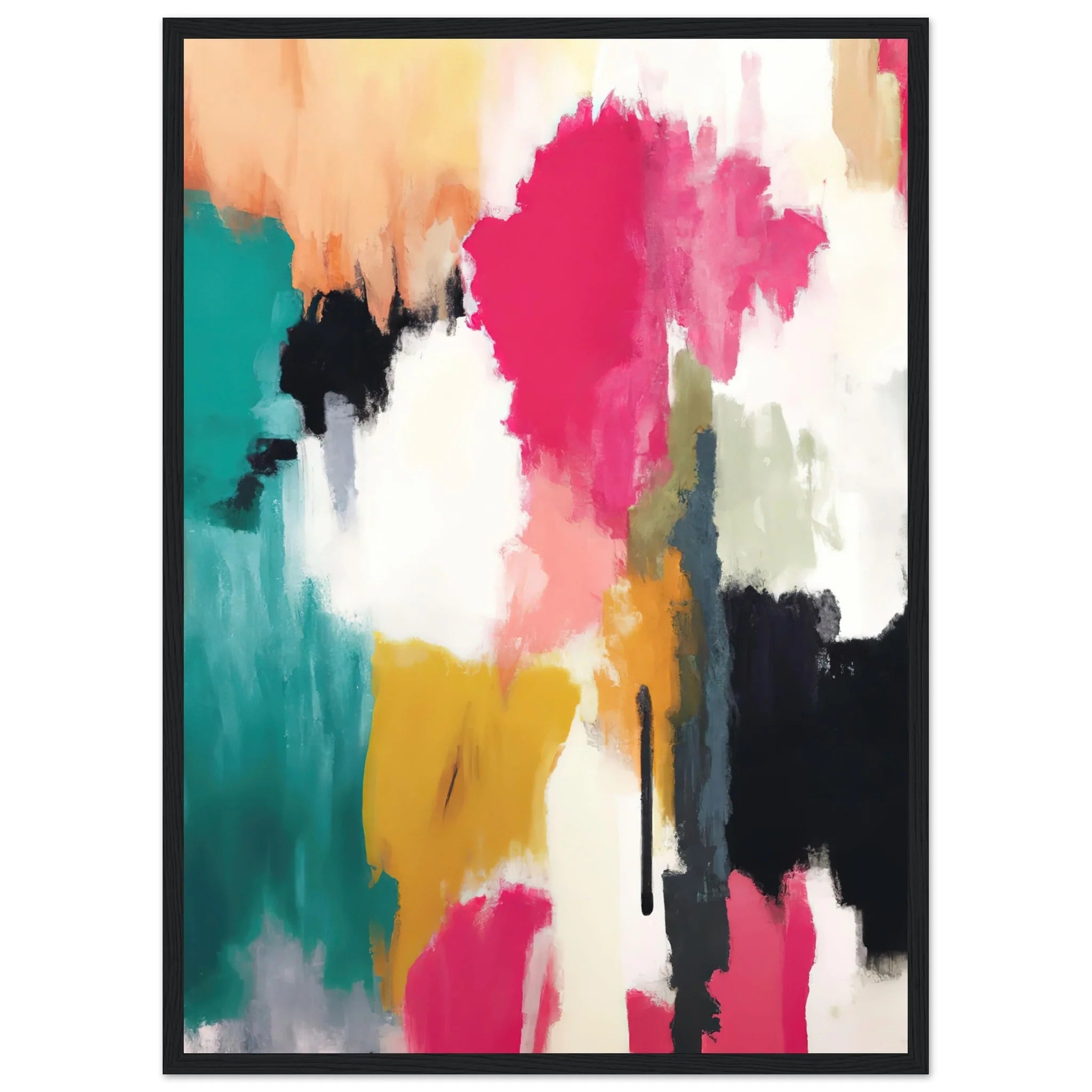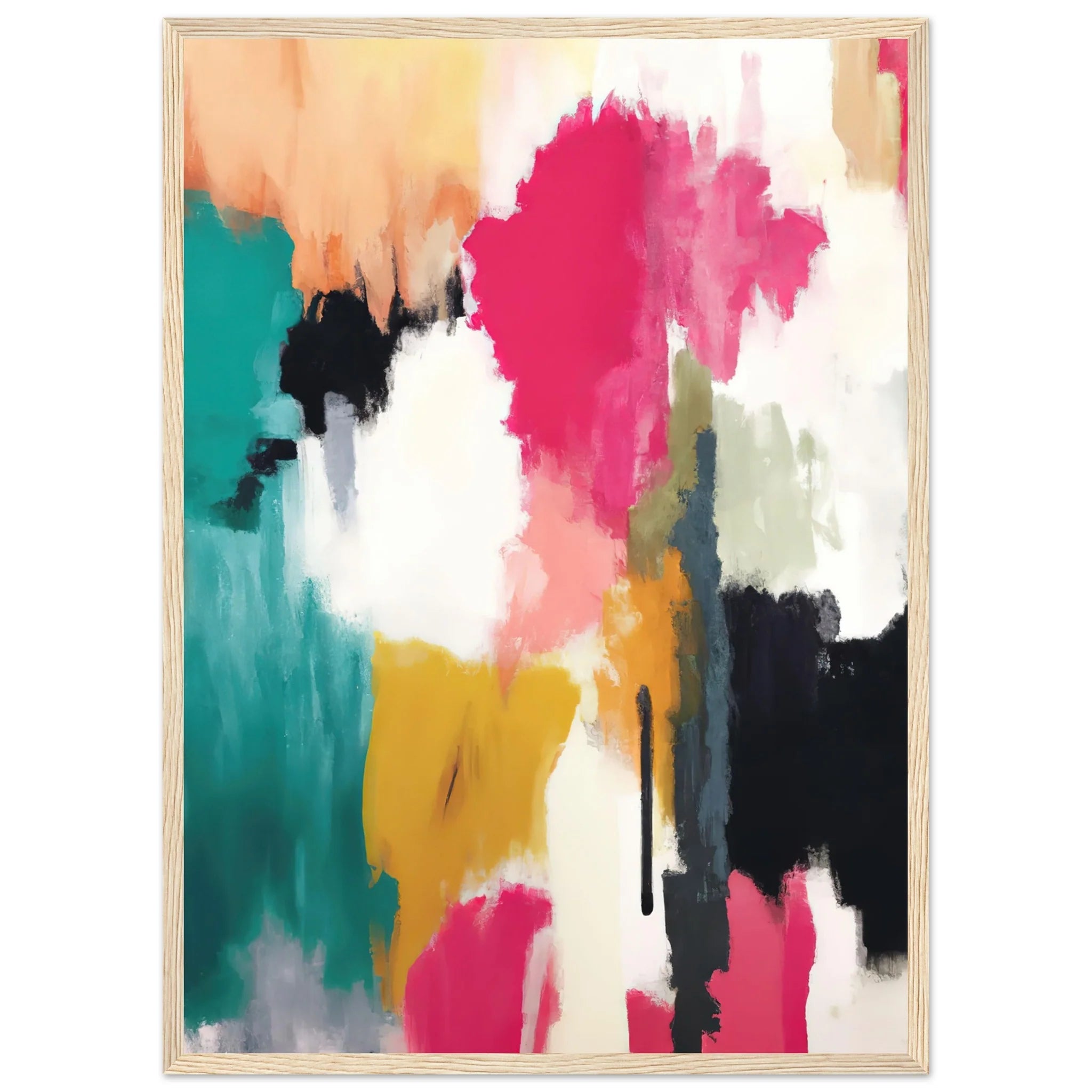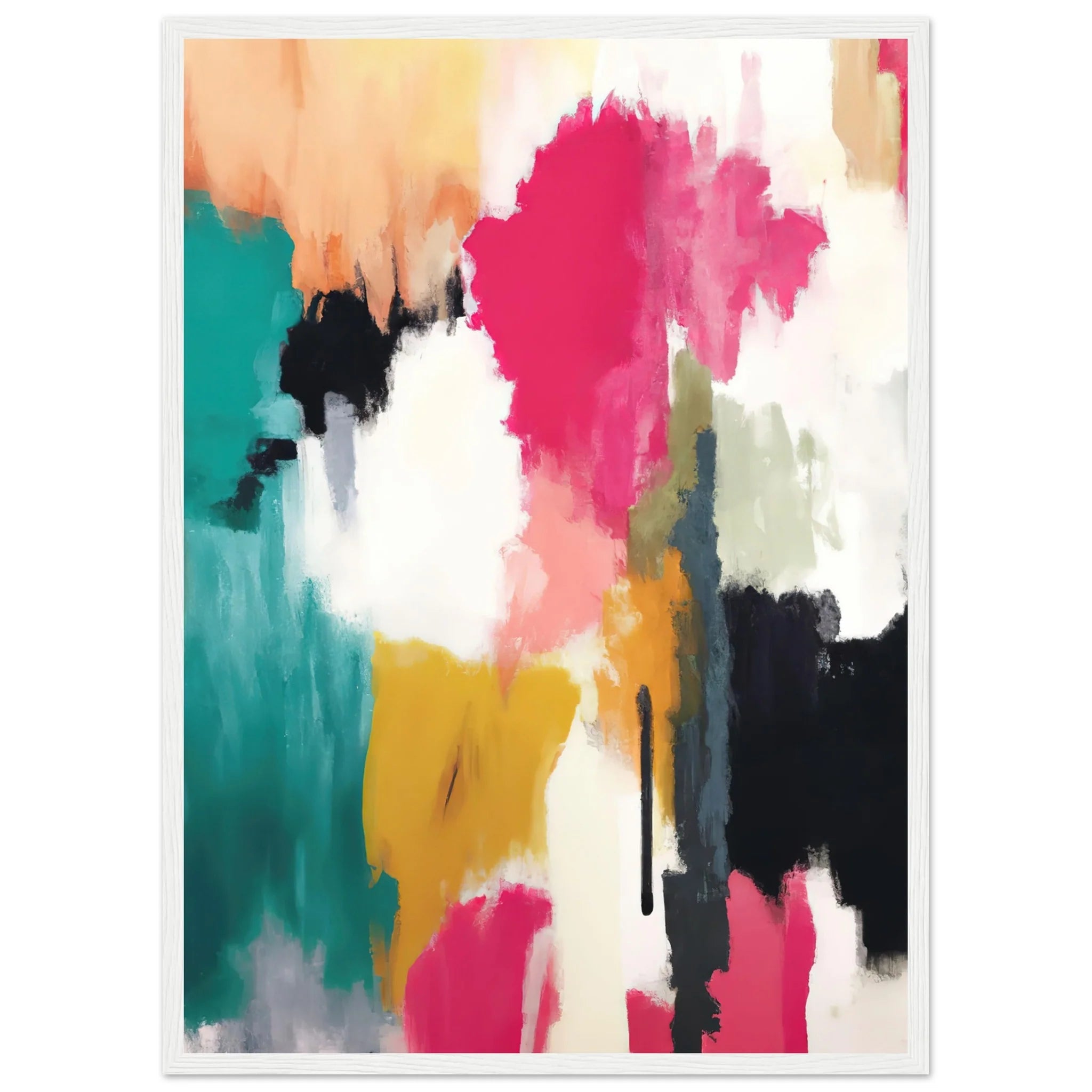Colorful Abstract Canvas Wall Art
Elevate Your Space with Captivating Abstract Wall Art
Welcome to our extraordinary collection of abstract wall art, where imagination meets expression in a symphony of colors, shapes, and emotions. Each abstract print in our carefully curated selection represents a journey beyond the boundaries of conventional representation, inviting you to experience art that speaks directly to your emotions and transforms your living spaces. From bold, geometric abstract posters that command attention to subtle, minimalist abstract prints that create atmosphere, our collection offers endless possibilities to express your unique aesthetic vision.
The Transformative Power of Abstract Wall Art
Abstract art holds a special place in the world of interior design, offering a unique ability to transform spaces through pure visual language. When you introduce an abstract print into your home or office, you're not simply decorating a wall—you're creating an emotional focal point that can shift the entire energy of a room.
The distinctive qualities of abstract wall art make it exceptionally versatile for home décor:
- Evokes emotion without representation - Abstract posters communicate directly through color, form, and composition
- Creates visual intrigue - The non-representational nature of abstract prints invites contemplation and interpretation
- Complements any interior style - From ultra-modern to eclectic bohemian, abstract wall art adapts seamlessly
- Establishes sophisticated atmosphere - Abstract art lends an air of cultural refinement to any space
- Expresses personality - Your choice of abstract prints reflects your individual taste and perspective
Our abstract wall art collection features both original pieces and premium reproductions of significant works, offering accessibility without compromising on artistic integrity or visual impact.
Exploring Abstract Art Styles in Our Collection
Our abstract wall art collection encompasses diverse approaches to non-representational art, featuring works that span the spectrum of abstract expression:
Geometric Abstract Prints
Our geometric abstract prints celebrate the power of precise forms, clean lines, and mathematical harmony. These abstract posters feature bold shapes, systematic patterns, and carefully calibrated color relationships that create visual rhythm and balanced composition. Influenced by movements like Constructivism and De Stijl, these abstract wall art pieces bring order and clarity to your spaces while making confident design statements. Perfect for contemporary interiors with minimalist tendencies, geometric abstract prints pair beautifully with streamlined furniture and architectural spaces.
Expressionist Abstract Wall Art
The emotional intensity of abstract expressionism comes alive in our collection of expressionist abstract wall art. These dynamic abstract prints capture the spontaneous energy and gestural freedom that defined this revolutionary mid-20th century movement. Featuring vigorous brushstrokes, drips, splatters, and emotionally charged color palettes, these abstract posters bring raw energy and authentic feeling to your walls. Our expressionist abstract prints make powerful statements in living spaces, creative studios, and environments where emotional resonance is valued.
Minimalist Abstract Posters
For those who appreciate the profound impact of simplicity, our minimalist abstract posters offer refined visual experiences through restrained means. These abstract prints embrace essential elements—often limited color palettes, subtle textures, and uncomplicated compositions—to create serene yet compelling visual statements. Influenced by minimalism and color field painting, these abstract wall art pieces bring contemplative calm to busy environments, making them ideal for bedrooms, meditation spaces, or any area where you seek visual tranquility paired with sophisticated design.
Organic Abstract Prints
Celebrating the flowing, irregular forms found in nature, our organic abstract prints offer a softer approach to non-representational art. These abstract wall art pieces feature biomorphic shapes, undulating lines, and naturalistic textures that evoke landscapes, biological forms, and natural phenomena without directly depicting them. Drawing inspiration from artists like Jean Arp and Joan Miró, these abstract posters bridge the gap between representation and abstraction, bringing gentle movement and natural harmony to your interior spaces.
Color Field Abstract Wall Art
The transcendent power of pure color takes center stage in our collection of color field abstract wall art. These abstract prints feature expansive areas of flat, luminous color that create immersive visual experiences through their scale and chromatic relationships. Influenced by artists like Mark Rothko and Helen Frankenthaler, these abstract posters eliminate distracting details to focus on the emotional and perceptual impact of color itself. Our color field abstract prints bring meditative depth to contemporary interiors, creating atmospheric environments that shift subtly with changing light conditions.
Styling Your Space with Abstract Wall Art
The versatility of abstract wall art makes it exceptionally adaptable to various interior design approaches. Here are expert suggestions for integrating abstract prints into your living spaces:
Create Color Harmony - Select abstract posters that either complement or intentionally contrast with your existing color scheme. An abstract print can serve as the perfect bridge between different colored elements in a room.
Scale for Impact - Consider how the dimensions of your abstract wall art relate to your space. Oversized abstract prints create dramatic focal points, while smaller pieces can create intimate moments or function as part of a gallery arrangement.
Balance with Furnishings - Pair highly dynamic, colorful abstract wall art with more restrained furniture, or complement minimalist interiors with bold, expressive abstract posters that add visual energy.
Consider Mood - Different abstract styles create different emotional atmospheres. Geometric abstract prints often bring order and clarity, while expressionist abstract wall art introduces movement and emotion.
Layer with Texture - Enhance the visual impact of your abstract prints by surrounding them with complementary textures in your furnishings and décor elements.
The Quality Difference in Our Abstract Wall Art Collection
Our abstract art collection stands apart through our unwavering commitment to quality and authenticity:
Exceptional Reproduction - We utilize state-of-the-art printing technology to capture the subtle nuances, textures, and color gradations that give abstract art its visual power.
Premium Materials - Our abstract prints are produced on museum-quality papers that preserve color fidelity and ensure longevity.
Curated Selection - Each abstract poster in our collection is chosen for its artistic merit, visual impact, and ability to enhance interior spaces.
Professional Presentation - Available in various sizes and with optional framing services that complement the aesthetic character of each abstract print.
Finding Your Perfect Abstract Wall Art
Whether you're drawn to the emotional intensity of abstract expressionism, the precise harmony of geometric abstraction, or the contemplative quality of minimalist abstract prints, our collection offers pieces that resonate with your personal aesthetic and enhance your living environment.
Abstract wall art offers unique advantages for interior design—it transcends representational limitations, communicates through pure visual elements, and adapts to evolving design trends while maintaining its timeless appeal. Each abstract poster in our collection creates a window into a world of pure creativity, inviting you to experience color, form, and composition in their most essential expressions.
Browse our full selection of abstract prints to discover the perfect abstract wall art for your home or workspace. For personalized guidance on selecting abstract pieces that complement your existing décor, contact our design consultants who specialize in helping customers integrate abstract art into their living environments.
Transform your space with the boundless creativity of abstract wall art—where imagination, emotion, and interior design unite to create environments that inspire and energize daily life.
